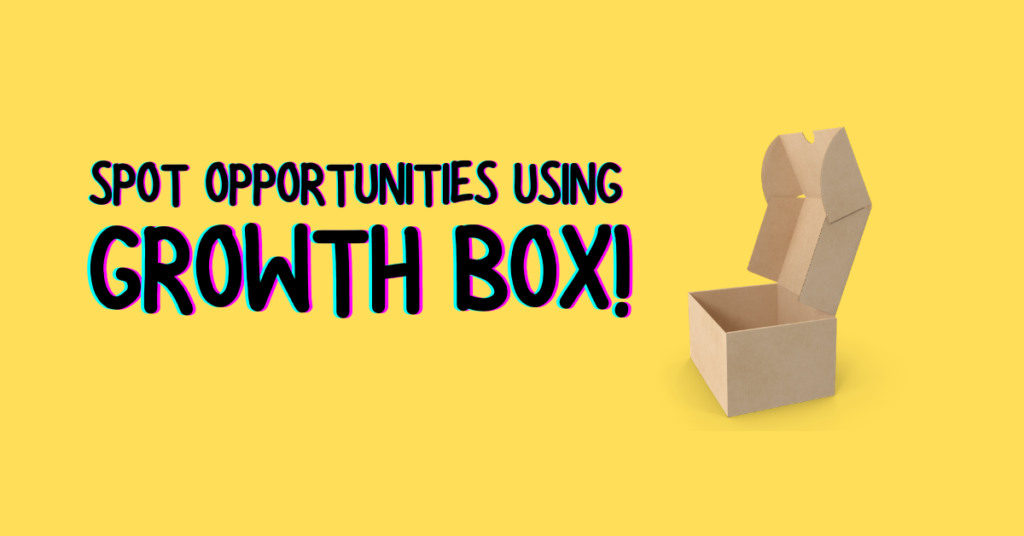Innovation is vital for any company to grow. The biggest challenge for the companies while innovating is spotting the right opportunities. No company is smart enough to know what to do with every new opportunity it finds, and no company has enough resources to pursue all the opportunities it might execute.
One of the best ways to spot opportunities for your company is to use growth box.
Thinking about opportunities in these four quadrants can trigger ideas for Innovation and align the innovation teams on the problems they want to solve and the customer segment they should target, which is the most critical and riskiest assumption.
Existing Customer Segment with Existing Problems
In this quadrant, you are trying to expand the pond in which you fish for business by redefining what you do more for your customers, while still remaining true to your core. Your product vision remains the same, the customer segment you are dealing with remains the same. The attempt could be to increase the lifetime value, increase the monthly activations, improve the user experience, product performance, attempt to get a greater share of the customer wallet by adding more features, services that are still aligned to the product vision and the core of the business.
Existing Customer Segment with New Problem
In this quadrant, you look for places where neither you nor your competitors are solving a customer problem. You are observing the behavior of your customer segment to determine what their need is. This might be like solving a completely new problem for your existing customer which is nowhere linked to your existing product or service. You might have a completely new product vision/purpose for this product which may be aligned to your company vision. In this case, your company vision becomes a constraint. Let’s take the example of Toyota when they created a luxury car, Lexus. They observed that their existing loyal costumes were moving upscale and when they wanted to have the luxury, they didn’t even consider Toyota as an option. So, Toyota created a car that was better than Cadillac and had more value than a Mercedes, still keeping the cost low to satisfy changing customer needs.
New Customer Segment with New Problem
In this quadrant, you are thinking of a completely new business. You might go into this quadrant when your current strategy is in trouble or if a sudden change in the marketplace has rendered your old strategy obsolete. Nokia for example sold more mobile phones than anyone. But after being bought over by Microsoft in 2014, the company has been focusing on selling high-end networking equipment and software to telecom companies across the world. This is the quadrant where disruption happens. This is where your Architectural or Radical Innovation happens.
New Customer Segment with Existing Problem
In this quadrant, you try to identify a new customer segment for your existing product. You don’t change the product vision, instead, you try to identify a customer segment, who might have a similar need as your existing customer segment. For example – Avon was initially into selling cosmetics and fashion accessories to women aged 20- 35 before they identified a new customer segment (teenagers), who had the same concerns about looking their best as its traditional customer segment.

